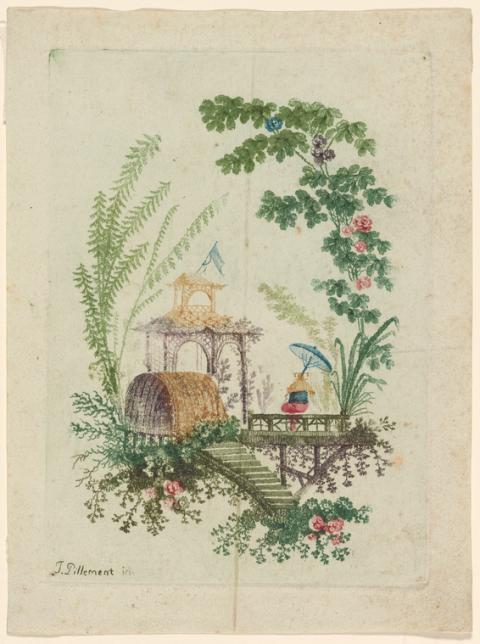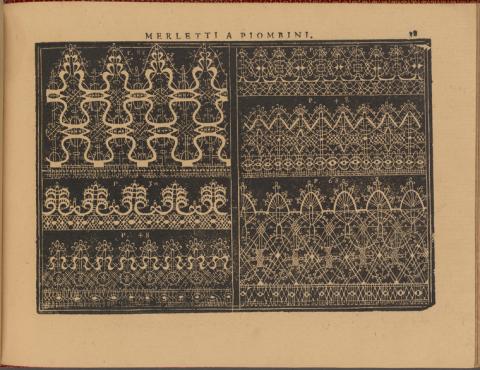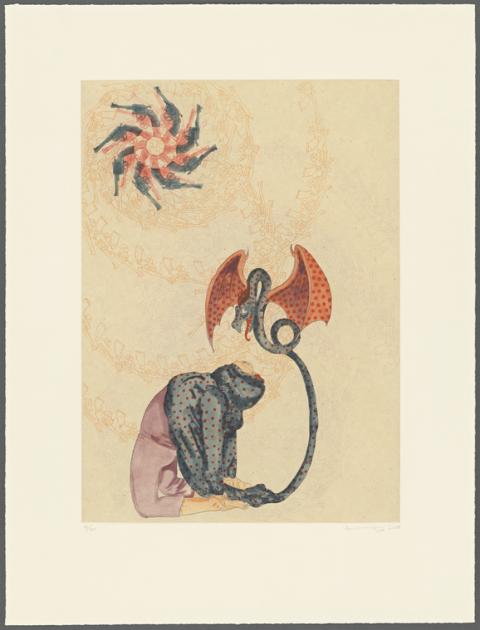Physically demanding and technically challenging, printmaking has often been considered man’s labor. As the Library’s unusual collection by forward-thinking Henrietta Louisa Koenen (1830-1881) demonstrates, engravings, etchings, woodcuts and lithographs executed by female printmakers have been around almost as long as artists started creating prints in the late fifteenth century. From 1848 until 1861, she collected an astonishing array of sheets by women artists from the sixteenth to nineteenth centuries. Executed by experts and amateurs alike, these women pursued their craft as part of larger family workshops, as a means of self-realization and for the thrill of making and sharing pictures created in multiples.
Exhibited for the first time since 1901, the works from Henrietta Louisa Koenen’s collection include not only well-known artists like Angelica Kauffmann (1741-1807) and Maria Cosway (1760-1838), but also rare and unusual prints by the Marquise de Pompadour (1721-1764), Charlotte Napoleon (1802-1839), and Queen Victoria (1819-1901).





